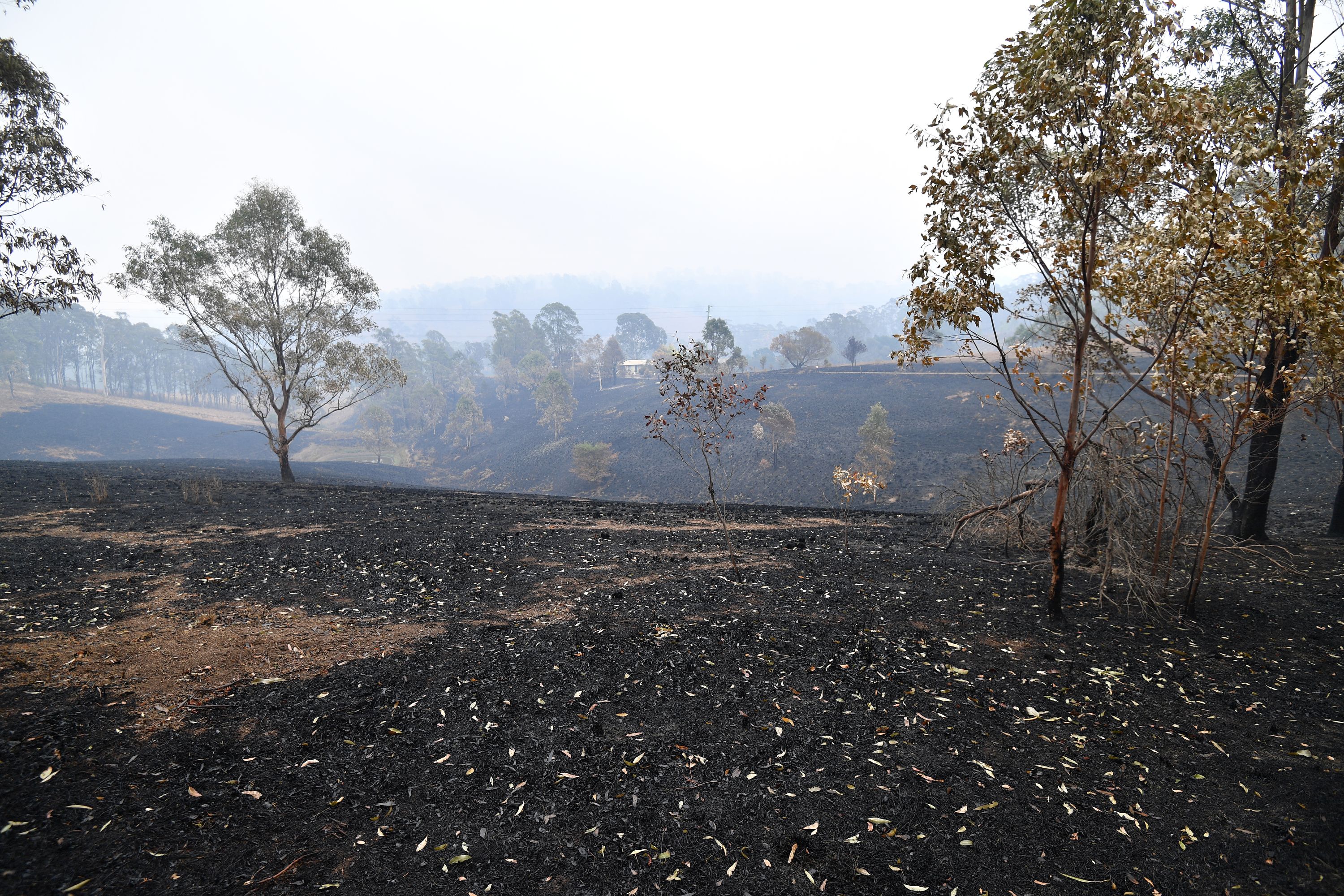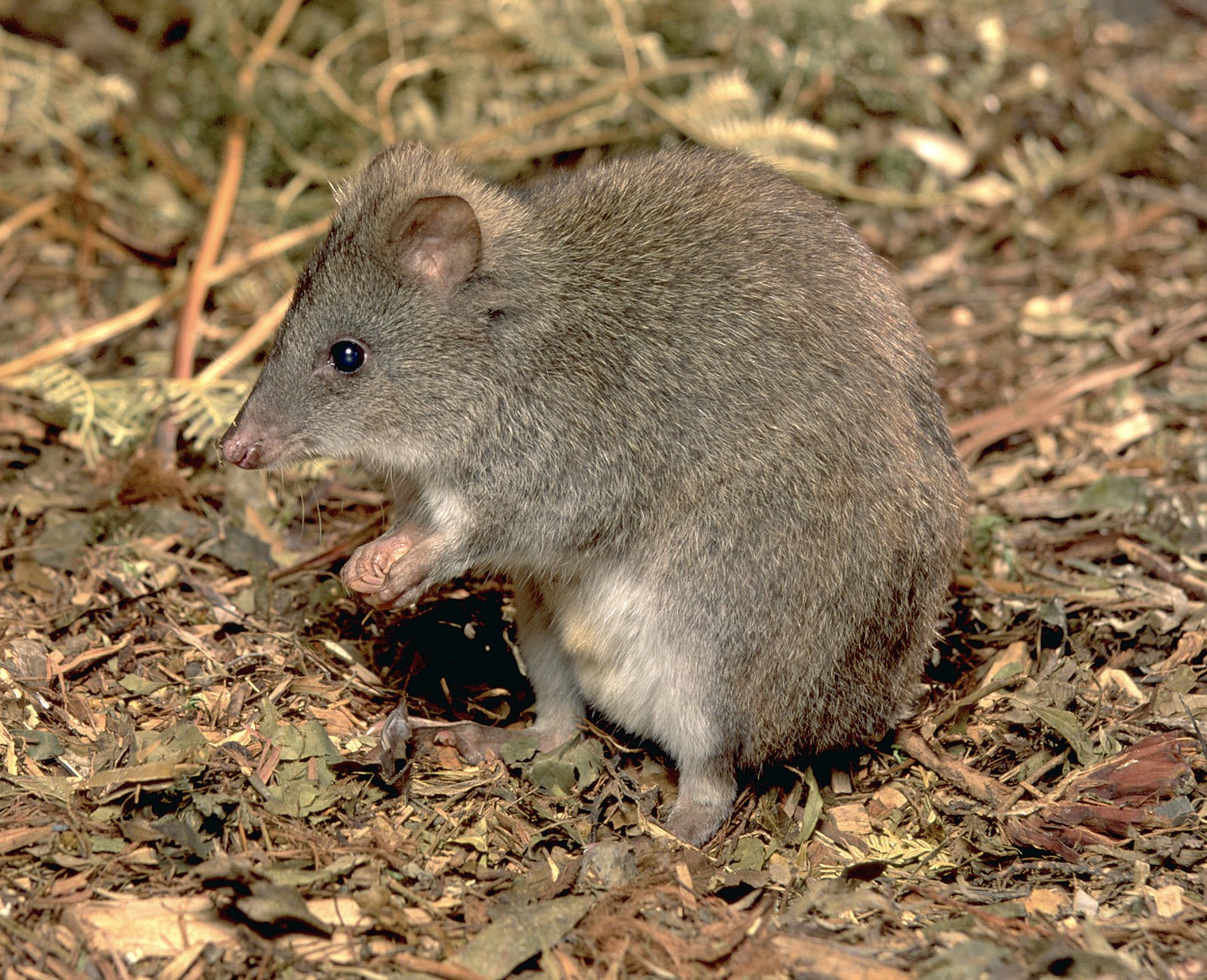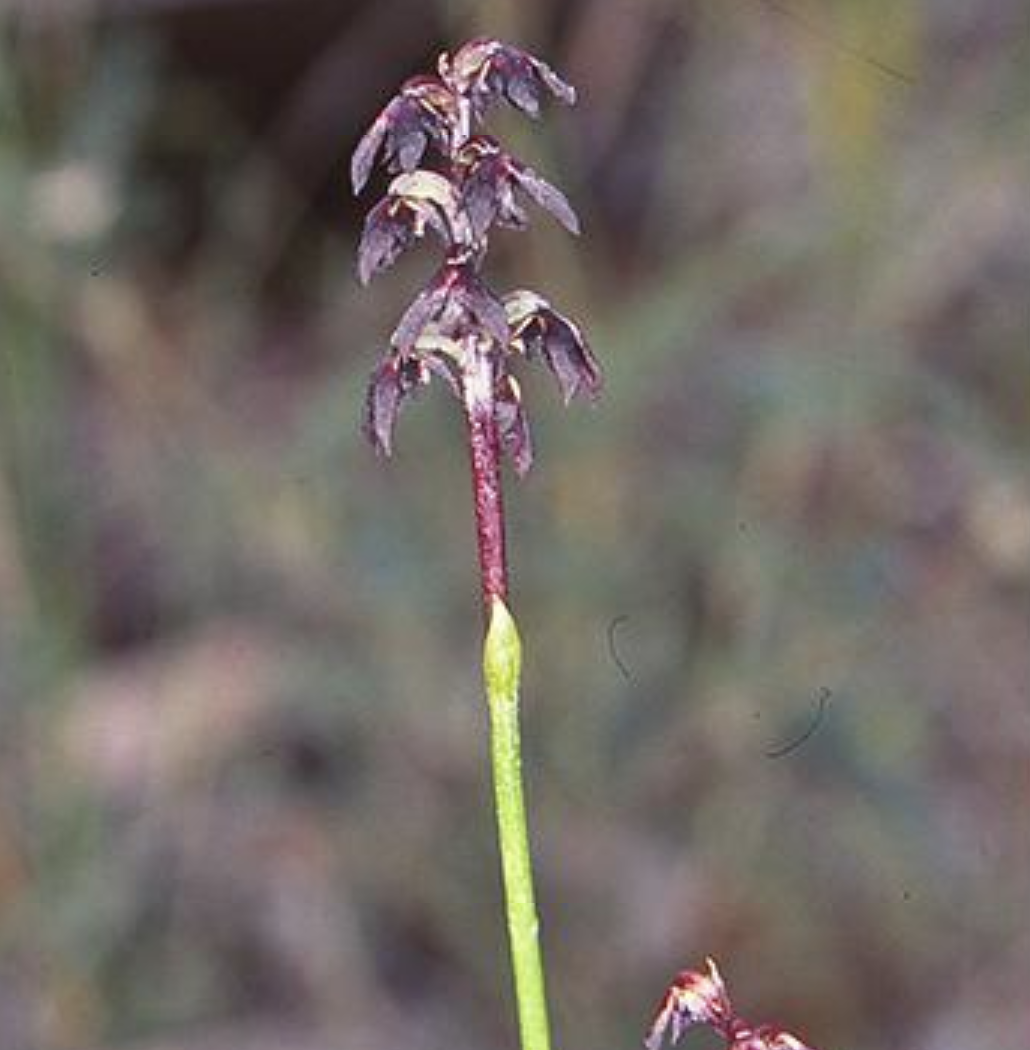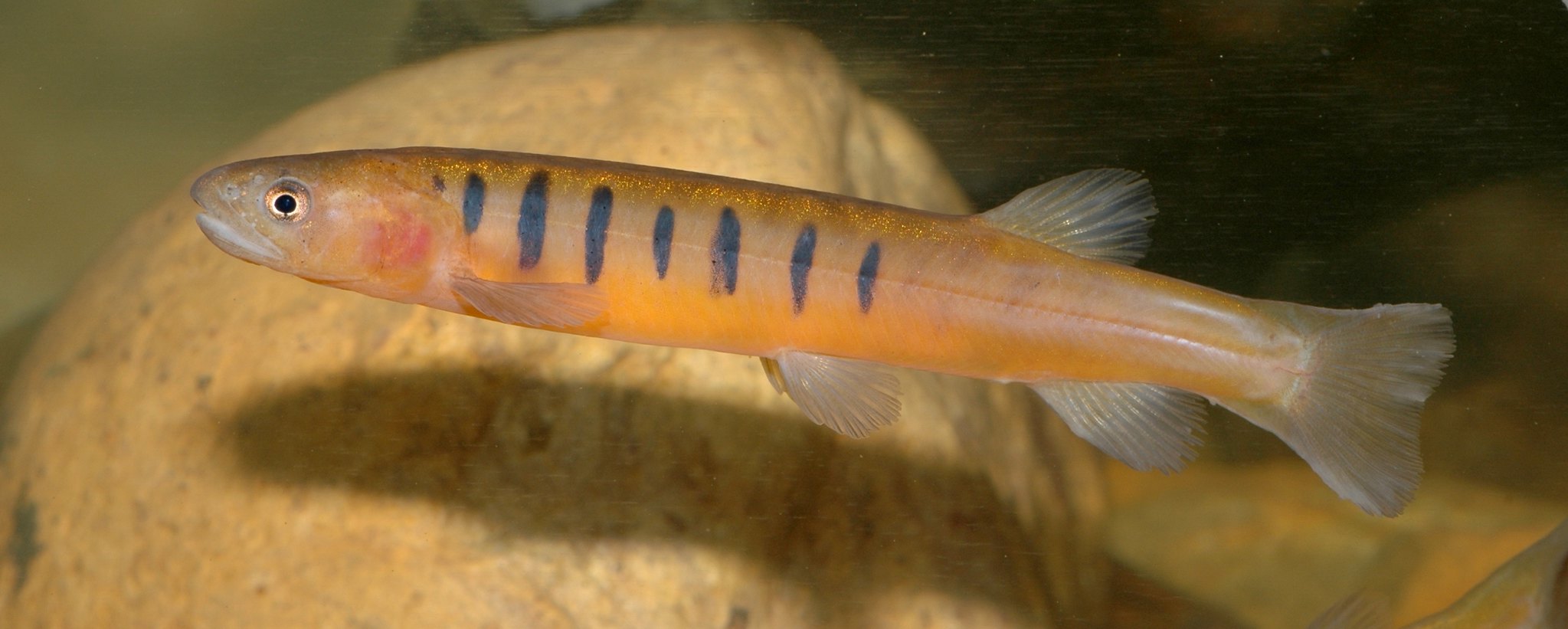‘Incomprehensible’: The Australian Bushfires Are an Ecological Catastrophe
Credit to Author: Maddie Stone| Date: Wed, 08 Jan 2020 15:59:40 +0000
Australia is in the midst of an unprecedented fire season that has scorched millions of acres, destroyed thousands of structures, and claimed dozens of human lives. The natural world has fared even worse than the human-altered one, with a preliminary estimate suggesting upwards of a billion wild animals have either already been killed by the fires or will die from starvation, predation, and habitat loss in their aftermath.
It’s hard to fathom ecological destruction on this scale, or at this speed. In a matter of weeks, some of the most biodiverse places on the planet—ecosystems whose flora and fauna have been shaped by millions of years evolution in geographically isolated but stable environments—are being obliterated by fires that have humanity’s fingerprints all over them.
While many of these ecosystems are fire-adapted, few are capable of handling bushfires at the scale and intensity that parts of Australia are now experiencing. According to scientists, the road to recovery will be long and rocky, and some of the region’s unique diversity may not pull through.
“I think the severity and extent of this fire season will represent tipping points for many ecological communities,” said Lesley Hughes, an ecologist and climate scientist at Macquarie University in Sydney. Once this hellacious fire season is finally over, Hughes said, “Australia will be a very changed place.”
*

Australia’s bushfire season got off to an inauspicious start in late August and early September, when numerous large fires broke out in southern Queensland and northern New South Wales, fueled by warm weather, low humidity, and gusty wind conditions. By mid-spring, the risk of conflagration had spread across the country, with dangerous fire weather conditions felt in every state and territory. In the last few weeks, fire season has exploded to life in eastern Victoria and southern New South Wales, affecting more populated areas and garnering international media attention. Across all of Australia, the total burned area currently stands at over 20 million acres, a scale that absolutely dwarfs recent fire seasons in California, as well as last summer’s outbreak of entirely unnatural, human-caused fires in the Amazon.
A confluence of factors have helped fan the flames, including a years-long drought that desiccated soils and vegetation, particularly in the southeast, and a positive phase of the Indian Ocean Dipole event this spring, which leads to reduced rainfall and low humidity across the continent. Then there’s climate change, which is boosting temperatures continent-wide (2019 was Australia’s hottest year on record), increasing the frequency and severity of heatwaves and reducing cool-season rainfall. The warming climate is leading to more prolonged and severe bushfire seasons, a trend scientists expect will get worse if carbon emissions aren’t brought down rapidly.
The ecological toll of this year’s bushfires offers a disturbing preview of Australia’s pyrotechnic future. The natural landscapes that have burned include everything from fire-adapted eucalyptus forests to grasslands, coastal healthlands, delicate alpine ecosystems, and even the borders of World Heritage rainforests in southeastern Queensland that rarely see fire and are ill-adapted to it.
"Everything is burned. It’s turned into ash. It's incomprehensible."
Even in places where fire plays a regenerative role in the ecosystem, scientists are describing recent conditions as unprecedented. “What’s different about this event is the extent of habitat burning in one go. It’s enormous,” said Sarah Legge, a wildlife ecologist at Australia National University.
“Australian forests have typically adapted to relatively low intensity fires that are relatively infrequent,” added John Woinarski, a conservation biologist at Charles Darwin University. “These ones are beyond that normal range.”
This raises concerns for the many threatened and endangered native species that are restricted to a habitat area that’s gone up in flames. These include:

The long-footed potoroo, a small, kangaroo-like marsupial that lives in just a few patches of forests in hard-hit east Victoria and southern New South Wales.

The spring midge orchid, a flower found only in a handful of sites in coastal New South Wales.

The barred galaxius, an endangered fish found only in the headwaters of a few creeks northeast of Melbourne. River fish like it could be severely affected in the aftermath of the fires as rains wash huge amounts of silt and ash into their habitat, Woinarski said.
“There are literally dozens of threatened species that have been affected, and in some cases, most if not all of their distribution has been burnt,” Legge said.
One of the regions of greatest concern is Kangaroo Island, a 1,700 square-mile island in South Australia peppered in woodlands and shrublands that are home to a large number of native fauna. Over the last few weeks, approximately a third of the island has burned, with the damage concentrated in biodiversity-rich parks and adjacent lands on its western side.
The habitat of the Kangaroo Island dunnart, a critically endangered, mouse-like marsupial found nowhere else, has been obliterated, said Katja Hogendoorn, an ecologist and entomologist at the University of Adelaide in South Australia who works on the island. Ditto for the habitat of the South Australian glossy black cockatoo, a unique subspecies whose entire population stood at less than 400 before the fires. Nests of the green carpenter bee, a brilliantly blue-green bee found only on Kangaroo Island and around Sydney, have also gone up in flames.
“Everything is burned. It’s turned into ash,” Hogendoorn said. “It’s just incomprehensible.”
While it will be a while before there’s anything close to a complete damage assessment—in the southeast, fire season typically doesn’t even peak until late January or early February—one early estimate points to the scale of the destruction. Chris Dickman, an ecologist at the University of Sydney, has calculated, based on the area burned and the population density of native animals, that more than 800 million mammals, birds, and reptiles have been impacted by and will likely die from the fires in New South Wales alone.
Across all of Australia, he said, that figure rises to over a billion. And because this number doesn’t include amphibians or invertebrates due to a lack of data on their population density, it’s very likely an underestimate. Woinarski said there’s “at least a dozen highly restricted reptiles and frogs in the burn area, and they will have had their populations severely reduced as well.”
The number of insects that were severely impacted is entirely unknown, but their losses will ripple through the ecosystem, said Manu Saunders, an insect ecologist at the University of New England in Armidale. Insects are “critical to how ecosystems grow and structure themselves,” Saunders said, not only providing food for birds, lizards, mammals and frogs, but playing key roles as pollinators and decomposers. A widespread loss of insects would have “huge effects” on the ability of ecosystems to rebound, Saunders said.
Indeed, recovery won’t be easy. A lot of animals that weren’t killed by the fires are likely to starve in their immediate aftermath. Or, they may get picked off by feral cats or foxes, which make a killing by moving into burned areas after fires. Small prey animals that nest in ground-level vegetation will have nowhere to hide, Legge said.
And some habitats will take a long time to return. The green carpenter bee makes its nests using the dead flowering stalks of grass trees, which take several years to regrow following fire, and in the trunks of large, dead Banksia trees, which won’t be back for decades. The glossy black cockatoo faces a similar housing crisis because it relies on large tree hollows for nesting. It can take decades before trees are large enough for these hollows to begin forming naturally, Woinarski said.
In many places, recolonization by native vegetation will be slowed by the size of the burn area.
“There will be seeds in the soil that regenerate,” Hughes said. “But a lot of regeneration relies on seeds being dispersed in from outside. And when you get a really enormous extent of fire, that will slow down.”
“Over a broad scale, it’ll take many many decades for species to recover,” Woinarski said. “If at all.”
Some species might not make it through. Saunders felt that extinction is a “quite likely possibility” for some of the vulnerable and hart-hit species. Hughes agreed. “I think we’d be very surprised if we haven’t lost some rare species since the new year,” she said.
If the 2019-2020 bushfire season were a once-in-a-century event, then perhaps most of Australia’s wild places would eventually rebound. What concerns many scientists is that fires seasons like it could become the new normal. And if that’s the case, there’s no telling what Australia’s ecological future looks like.
“What I’m scared of is that these current fires are a harbinger of the future,” Woinarksi said. “And that future is really bleak.”
This article originally appeared on VICE US.